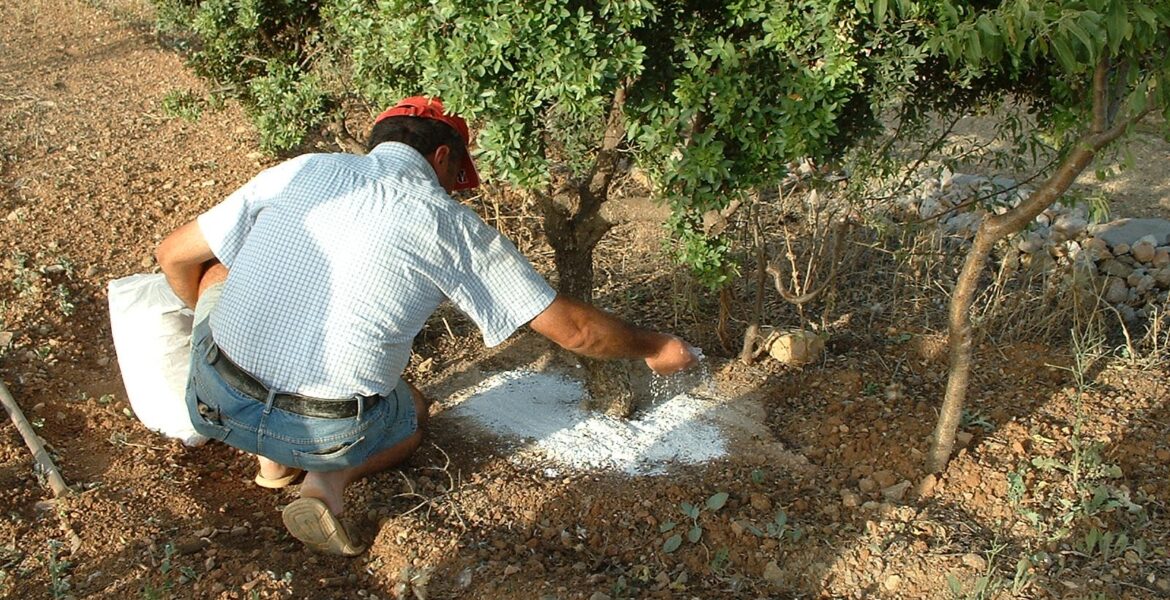Mastic gum is a resin, or sap-like substance, that comes from the mastic tree. The mastic tree is an evergreen shrub that grows on the Greek island of Chios.
Greece is famous for the production of mastiha, or mastic, a tree resin collected from mastic trees that flourish in the distinct climate of Chios.
Just 1 kilogram can retail for about $350. Today, it's known as "white gold" for its presumed health benefits and various uses in gum, cosmetics, and food.

But harvesting this resin isn't simple. It requires farmers to first hurt the trees with as many as 600 cuts into each one's bark. It's only after each droplet has been collected by hand that the resin can be turned into products used around the world.
The chewy resin of the mastic tree (Pistacia lentiscus), which grows still on the Aegean island of Chios, had been well known throughout the Mediterranean for thousands of years before Columbus and his Spanish/Mediterranean sailors reached what they termed the New World. Our English word “masticate” derives from the Greek name of the plant, which comes from the ancient Greek verb meaning “to chew.”
So, what exactly is mastic resin used for?
People have used mastic gum for its medicinal properties for centuries. In fact, the first known reference to mastic gum dates back to the 5th century. Some evidence suggests that mastic gum is an antioxidant with anti-inflammatory and antimicrobial qualities.
A person can chew mastic gum like normal chewing gum, or they can ingest it in capsule or powder form. Not only that, but mastic is also great dental hygiene. Combined with beeswax, it has been used as a natural breath freshener or natural teeth whitener. Essential oil from mastic gum is also available.
People use mastic gum for a variety of health reasons. Though studies on it have generally been small, it does hold promise as a treatment for digestive and oral health conditions. Its antioxidant effects may also be beneficial for conditions such as heart disease and cancer.
The locals refer to the tree it comes from as the "crying mastiha tree" for obvious (sappy) reasons. Thought to be the first recorded natural chewing gum, mastic carries a PDO (Protected Designation of Origin) regulation.
It is also believed to carry health benefits, treating gastrointestinal conditions, and possess antibacterial and anti-fungal properties.
Why is mastic gum so expensive?
The rarity of mastic and the difficulty of its production make it expensive. As a result, imitations in the form of other resins appear in the market, sold as "mastic", such as Boswellia or gum Arabic.
Other trees, such as terebinths (Pistacia terebinthus), can also produce a resin similar to mastic but there is only one real Made in Greece Chios Mastic.


